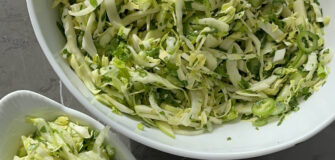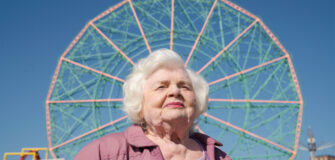Cel-Ray or Cream Soda? 155 Years of Dr Brown’s
Going to a Jewish deli presents you with a myriad of menu choices. A comforting bowl of matzah ball soup? A piled-high pastrami sandwich? Or maybe you’re in the mood for corned beef. Whatever your preference, there’s one thing that’s certain: Grabbing a can of Dr. Brown’s to accompany your meal is a necessity.
Founded in 1869, Dr. Brown’s was originally sold exclusively in New York City delicatessens and by door-to-door soda salesmen in Jewish neighborhoods of the city. But while the days of the door-todoor salesman are long gone, Dr. Brown’s can still be found in the many delis of New York and Jewish eateries across the country and they can also be found in select specialty grocers — and even on Amazon.
Produced in the College Point neighborhood of Queens, the current flavor lineup consists of Original Cream, Black Cherry, Cel-Ray, Root Beer, Ginger Ale, Diet Original Cream, Diet Black Cherry and Diet Root Beer. Past flavors in the rotation have included Cola, Club Soda, Orange, Grape and TuneUp (Lemon).
Today’s Dr. Brown’s cans are available in bright colors, with black-and-white sketches of various New York City landmarks — the Statue of Liberty on Original Cream, the carousel in Central Park on Black Cherry, the Brooklyn Bridge on Cel-Ray, an unnamed ice cream parlor on Root Beer, and the long-demolished Hotel Astor that once stood in Midtown Manhattan on Ginger Ale.
But ironically, Dr. Brown’s predates these now-famous sites. The Statue of Liberty was dedicated in 1886, the Brooklyn Bridge opened in 1883, the original Central Park carousel first welcomed riders in 1871, and the Hotel Astor did not open until 1904. Still, the images all evoke a feeling of nostalgia for old New York that are perfectly in-line for the brand.
“Generations were weaned on the stuff. It was second nature to them. The two drinks became synonymous with delis,” then-marketing manager Harry Gold told the Los Angeles Times in 1986, referencing Cel-Ray and Original Cream. “After World War II, there was a tremendous exodus of the population out of New York. Wherever people went, they took the heritage of Dr. Brown’s with them.”
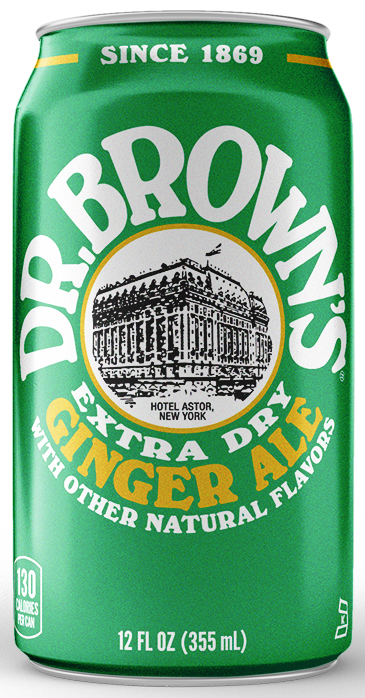
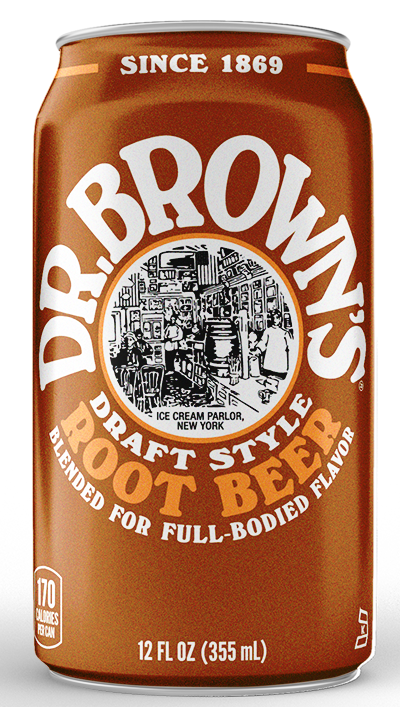
Almost 40 years later, the general manager of Dr. Brown’s today, Charley Mays, shared a similar sentiment. “I didn’t coin this phrase, but Dr. Brown’s isn’t good because it’s old — it’s been around since 1869 because it’s really good. It’s got staying power.”
At Art’s Delicatessen in Studio City, second-generation owner Harold Ginsburg, whose father, Art, opened the Valley mainstay in 1957, says that Original Cream “by far” reigns supreme as the eatery’s biggest seller. Despite personally giving up soda about 30 years ago, Ginsburg’s favorite Dr. Brown’s flavor is Cel-Ray, which he still indulges in “every once in a while.”
“I think everybody who was raised on it knows that Dr. Brown’s is the soda for a deli,” Ginsburg said. “So when people come in here, no matter what they’re drinking, the first thing they say is, ‘Oh, my god, a Dr. Brown’s cream soda with a pastrami sandwich sounds so amazing.’”
Being such a major part of deli culture also means the brand has made its way into the world of film and television. Like the icons on their cans, Dr. Brown’s predates another New York institution, Katz’s Deli. Founded 19 years after Dr. Brown’s and located on the Lower East Side of Manhattan, Katz’s Deli has been carrying Dr. Brown’s sodas since being established in 1888. The site of the renowned pastrami on rye is also home to possibly the most famous movie scene filmed in a deli, and definitely one of the most hilarious.
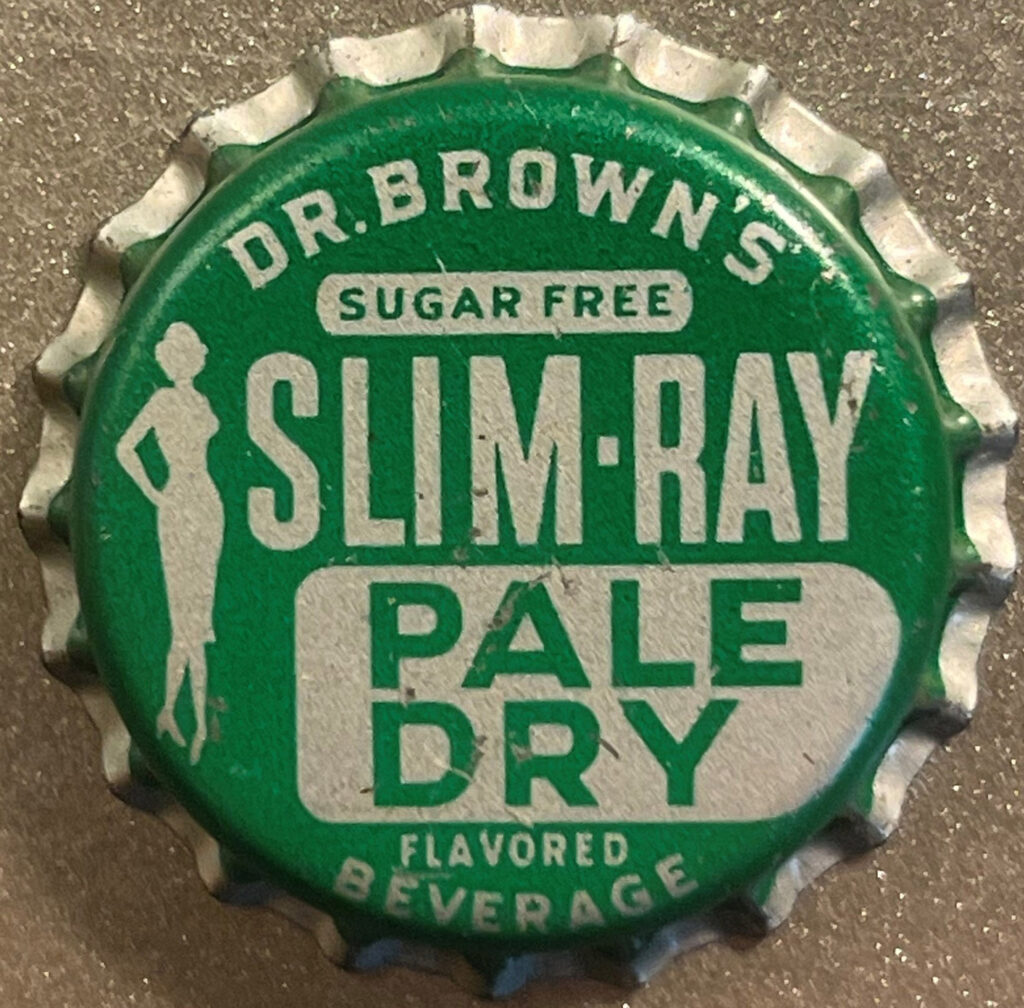
In When Harry Met Sally (1989), the camera pans right to left across the bustling deli, passing by diners with glass bottles of Dr. Brown’s in front of them to accompany their meals. In the background behind Harry (Billy Crystal), bottles of Dr. Brown’s can be seen lining a wall on shelves while a neon sign flashes “Dr. Brown’s Soda 80¢” above Sally’s (Meg Ryan) head.
It’s hard to see the exact flavor of the bottle sitting next to Harry, who has a pastrami sandwich in front of him while Sally enjoys turkey … and fakes enjoying something else. After she “finishes,” a woman at a nearby table (with two open bottles of Dr. Brown’s in front of her) famously says, “I’ll have what she’s having.” Though it’s a small detail to include the brand in the iconic scene, it’s one easily noticeable if you’re a regular Dr. Brown’s drinker or deli-goer.
In a Season 7 episode of Gilmore Girls, Dr. Brown’s Cel-Ray gets some love. In “The Great Stink,” a nearby train derailed while transporting three-and-a-half tons of pickles, and the entire town stinks of pickled cucumbers baking in the sun after the wind shifts toward Stars Hollow. It had an upside, as the smell inspired a very apropos menu featuring pastrami and Dr. Brown’s Cel-Ray soda by chef Sookie St. James (Melissa McCarthy) at the Dragonfly Inn.
Lorelai: You know, I think I will have one. Soda that tastes like vegetables, who would have thunk it?
Food is one of the most important aspects of the show, with Lorelai (Lauren Graham) and Rory Gilmore (Alexis Bledel) being notorious junk-food lovers who often turn their noses up at the sight of veggies.
Lorelai: Why aren’t all nutritious things in soda form?
Sookie: That’s a good question.
Lorelai: I swear I would eat my vegetables if only they were fizzy.
Lorelai might be shocked to discover that Cel-Ray isn’t actually made with celery at all. Dr. Brown’s Cel-Ray has long held the nickname of “Jewish champagne” and is derived from celery seed extract, not the vegetable, with a peppery and slightly bitter taste and a dryness that nicely complements the often rich and salty foods served in delis.
“If there’s a deli that’s worth its salt, it’s going to have Dr. Brown’s Cel-Ray tonic,” Mel Brooks told The New Yorker in 2021 when sharing his go-to deli order: a turkey sandwich with Thousand Island dressing, coleslaw, one slice of corned beef and a little bit of mustard, with cold potato salad and a can of Cel-Ray from Dr. Brown’s. In the 19th and early 20th centuries, celery was a bit of a status symbol in upper-class households, where it was even prominently displayed in special vases. It was what we’d likely now call a superfood in the 21st century, and it was at the time believed to have the power to heal various ailments.
What was originally named the Celery Tonic by Dr. Brown’s was later renamed Cel-Ray soda after the U.S. Food and Drug Administration wasn’t a fan of the touted health benefits that the crisp and fizzy drink allegedly provided.
Jump forward about a hundred years to today, where “healthy soda” alternatives continue to be on the rise, with flashy buzzwords like “zero sugar,” “prebiotics,” “antioxidants” and “clean ingredients” seen just about everywhere. Dr. Brown’s now steers clear of making any similar claims with their Cel-Ray, or any of their other drinks, and you’re not likely to find it amongst the trendy sodas of today in the grocery store.
So who was the one presenting these benefits of Cel-Ray? It’s unclear whether a Dr. Brown ever actually existed. Was he a real doctor spreading the celery love? Or was he just a marketing invention to sell the brand? Even the brand has admitted in the past that it’s unclear.
“For generation to generation, we’ve been told there was a doctor by that name who invented cream soda and celery tonic now known as Cel-Ray, so far as we know the only vegetable-based carbonated soft drink commercially sold,” Gold told the Los Angeles Times.
He added, “But we have no records that tell us anything about the good doctor. It’s like a biblical story. We accept it on faith.”
And fans of the brand are seemingly fine with the identity of Dr. Brown being a mystery. Bernard Cooper wrote in “The New York Times’” food section in March 1996: “The glass bottles gave no clue as to the identity of Dr. Brown, and yet I pictured him as a kindly, white-coated man not unlike my dentist.”
“In a pristine laboratory filled with bubbling test tubes and beakers, Dr. Brown concocted the amber elixir that washed away the saltiness of corned beef, cut the peppery after-burn of pastrami or kept me from choking on a throatful of brisket,” he wrote.
Despite no confirmed founder story, not buying into the “healthy soda” craze of today, no social media platforms, and not being widely available in most mainstream grocery stores, Dr. Brown’s persists on.
Whether you’re going for a velvety smooth can of Original Cream, a lightly sweet swig of Ginger Ale, the ever-intriguing CelRay, Black Cherry or Root Beer, the staying power of Dr. Brown’s is a testament to how deeply a part of deli culture it has been for the past 155 years, and hopefully always will be.





















